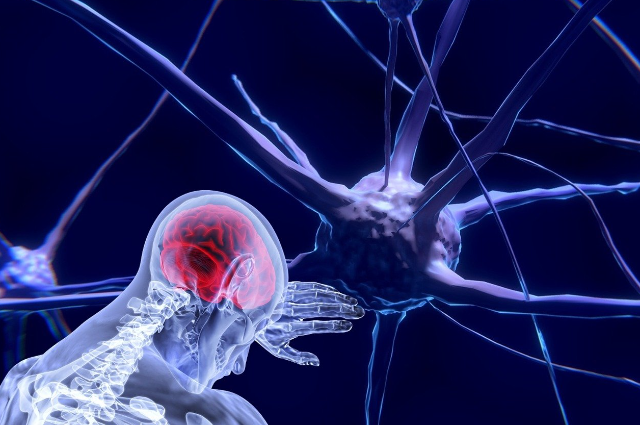
Image by Sabine Zierer from Pixabay
In the vast landscape of neuroscience, the phenomenon of split-brain syndrome stands as a fascinating enigma, shedding light on the complexities of the human brain's organization and function. Split brain syndrome, also known as corpus callosum syndrome, presents a unique window into the intricacies of cognition, perception, and consciousness. Let's delve into this captivating realm of neuroscience and explore the mysteries and implications of split-brain syndrome.
Understanding the Split Brain Phenomenon
Split brains occur when the corpus callosum, the thick bundle of nerve fibers that connects the brain's hemispheres, is severed or significantly impaired. The procedure, known as corpus callosotomy, is commonly performed when medication is unable to control seizures.
By disabling the communication pathway between the two hemispheres, the surgery prevents epileptic activity from spreading. It reduces the severity and frequency of seizures but has an intriguing consequence: it divides cognitive functions between the left and right sides of the brain.
Hemispheric Specialization and Integration
Split brain syndrome is characterized by hemispheric specialization, one of its most striking features. Cognitive functions and information processing are unique to each hemisphere of the brain. In the majority of individuals, the left hemisphere predominantly governs language, analytical thinking, and sequential processing, while the right hemisphere is associated with spatial awareness, visual processing, and emotional perception.
In split-brain patients, the absence of direct communication between the hemispheres leads to remarkable manifestations. For instance, when visual stimuli are presented to the right visual field (processed by the left hemisphere), individuals can name objects and describe them verbally. Conversely, stimuli presented to the left visual field (processed by the right hemisphere) often elicit non-verbal responses, such as pointing or gesturing, due to the left hemisphere's limited linguistic capacity.
Insights from Experimental Studies
Experimental investigations have offered invaluable insights into the functioning of split-brain patients. Pioneering studies conducted by neuroscientists Roger Sperry and Michael Gazzaniga in the 1960s and 1970s provided foundational knowledge about hemispheric specialization and inter-hemispheric communication.
Through ingenious experiments involving visual and tactile stimuli, researchers unveiled the intricate ways in which information is processed and integrated across the divided brain. These studies underscored the brain's remarkable capacity for adaptation and plasticity, as well as the profound implications of disrupted neural connectivity.
Implications for Consciousness and Identity
The study of split-brain syndrome also raises profound questions about consciousness and the nature of human identity. How does the brain construct a coherent sense of self when its constituent parts operate semi-independently? What role does the corpus callosum play in integrating diverse aspects of perception, memory, and experience into a unified whole?
While split-brain patients typically maintain a unified sense of self and consciousness, their experiences offer valuable insights into the intricate interplay between brain function and subjective awareness. By probing the boundaries of consciousness, split-brain research challenges conventional notions of mind-body duality and invites us to reconsider the nature of human cognition.
Conclusion
In the realm of neuroscience, split-brain syndrome stands as a testament to the brain's remarkable complexity and adaptability. By unraveling the mysteries of hemispheric specialization and inter-hemispheric communication, researchers continue to deepen our understanding of the brain's inner workings and expand the frontiers of human knowledge.
As we peer into the divided minds of split-brain patients, we gain profound insights into the nature of perception, consciousness, and identity. In this ongoing exploration, the study of split-brain syndrome serves as a beacon of discovery, illuminating the intricate tapestry of neural connectivity that shapes our thoughts, emotions, and experiences.
In the quest to unlock the secrets of the brain, split-brain syndrome remains a captivating puzzle, beckoning us to explore its depths and uncover the hidden truths that lie within.
